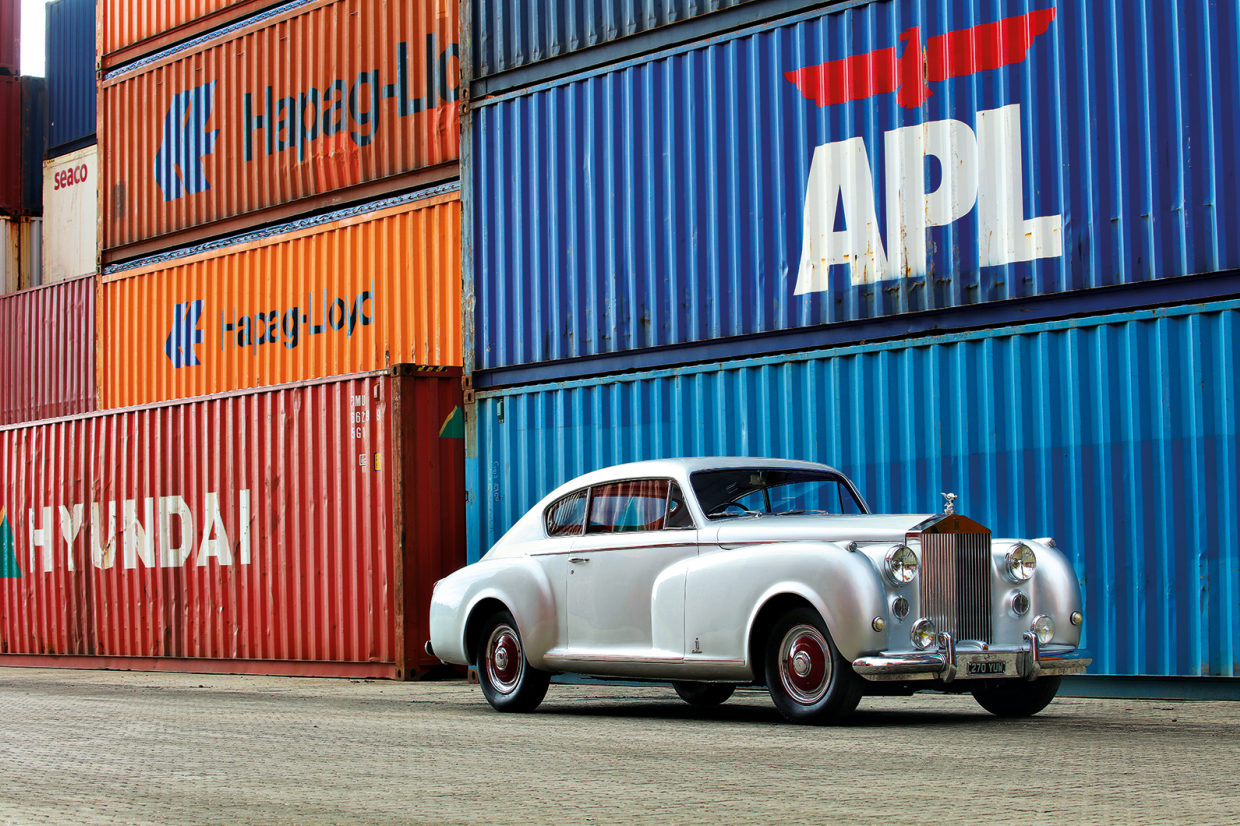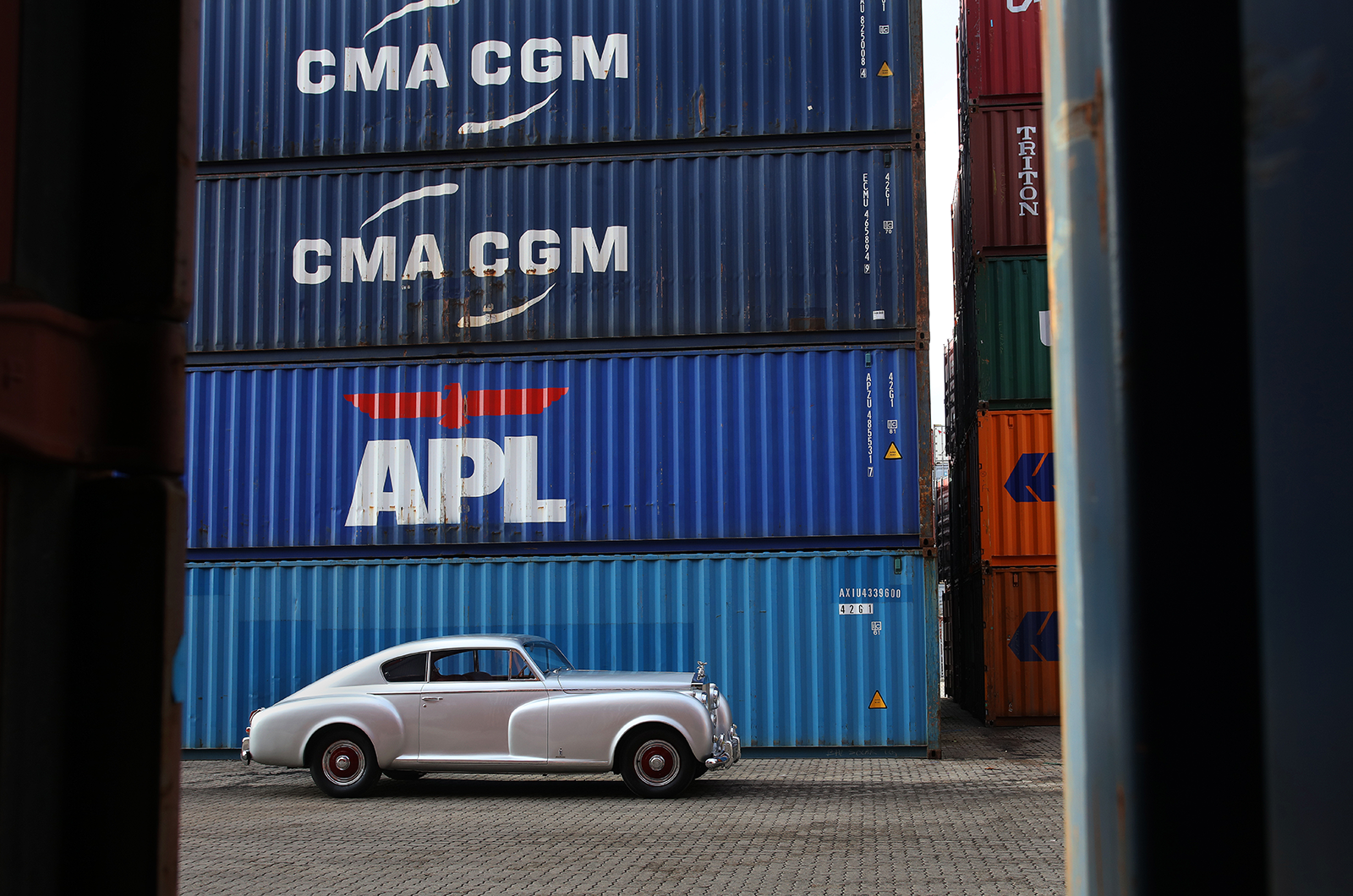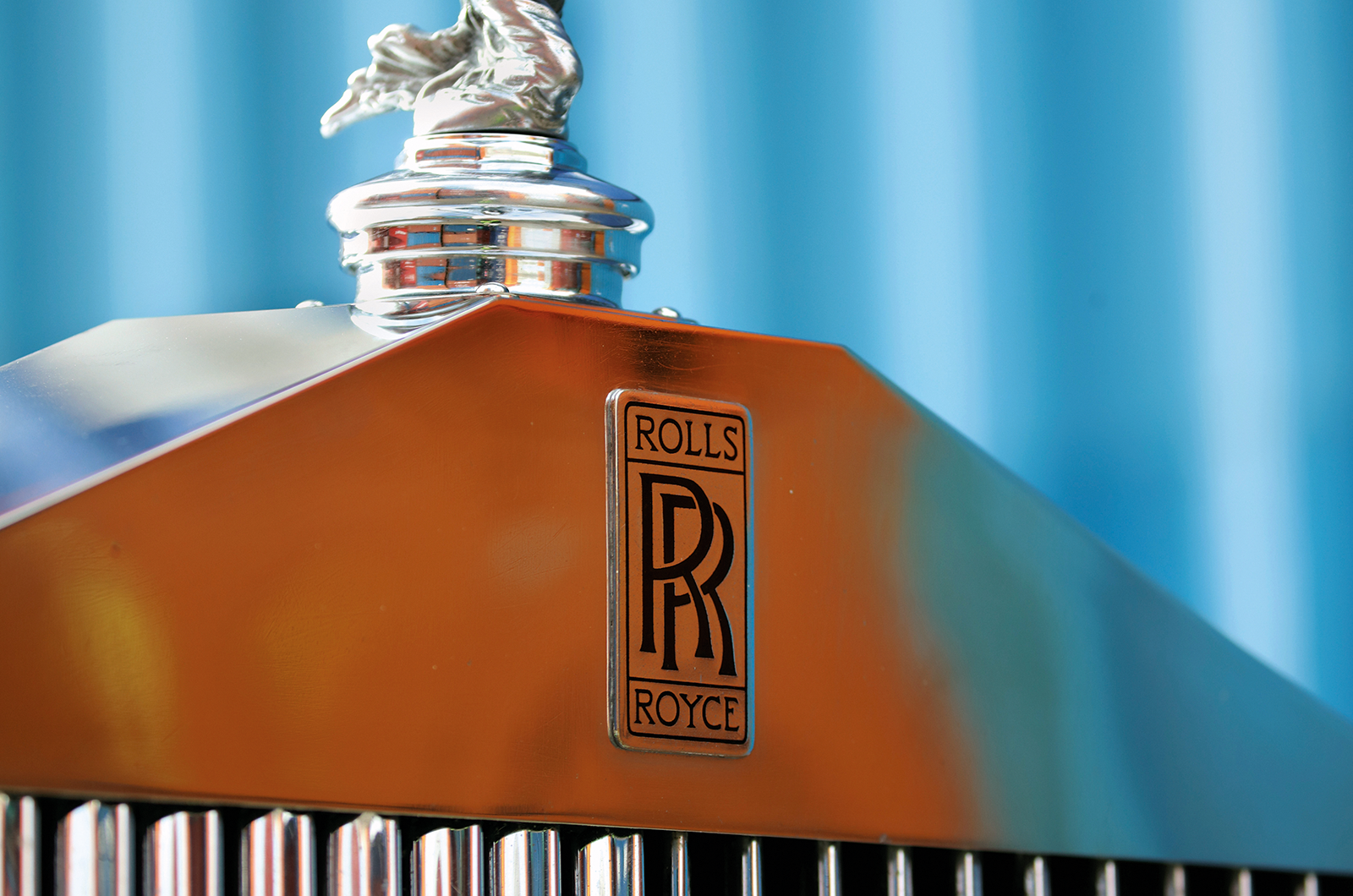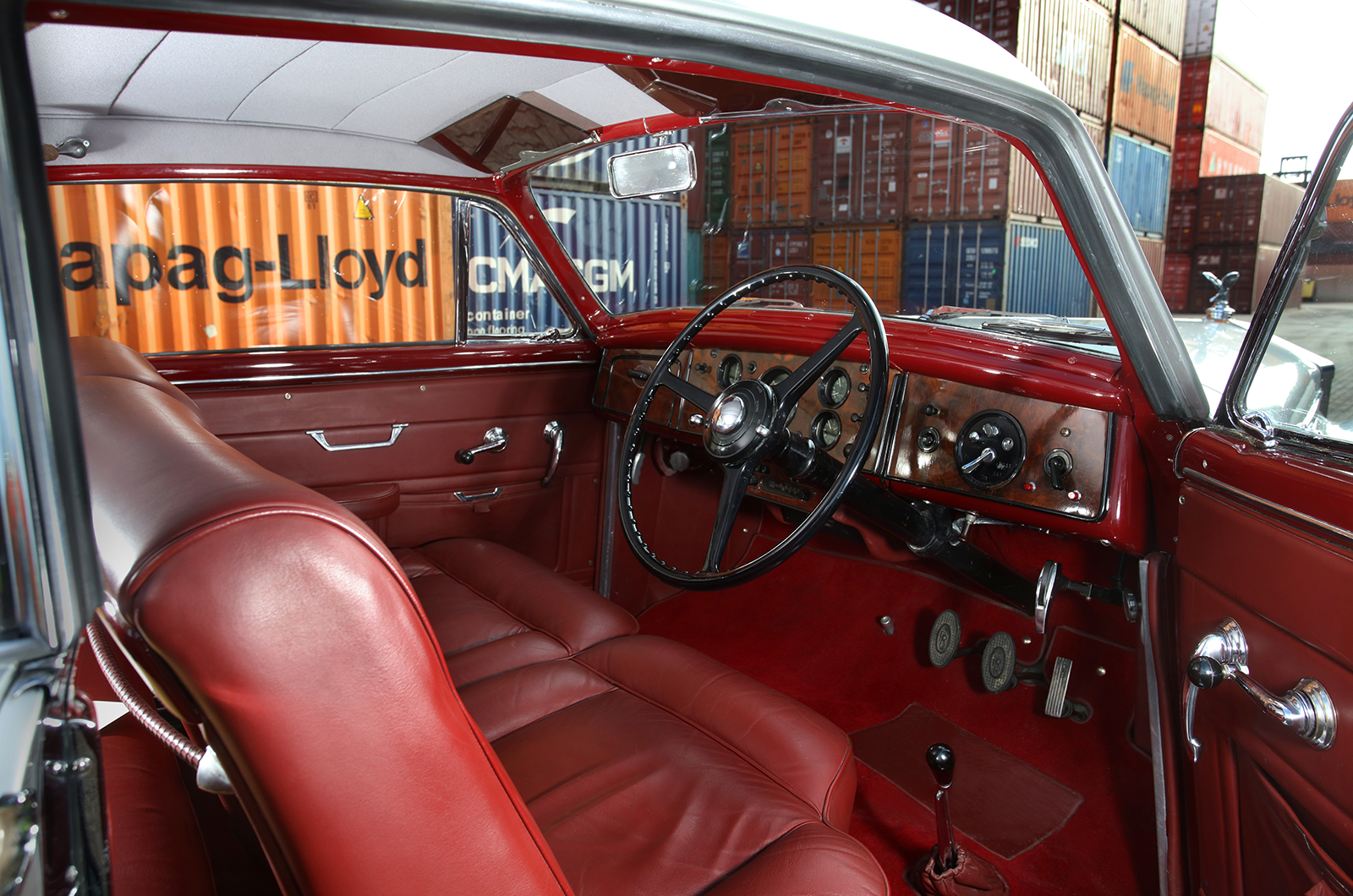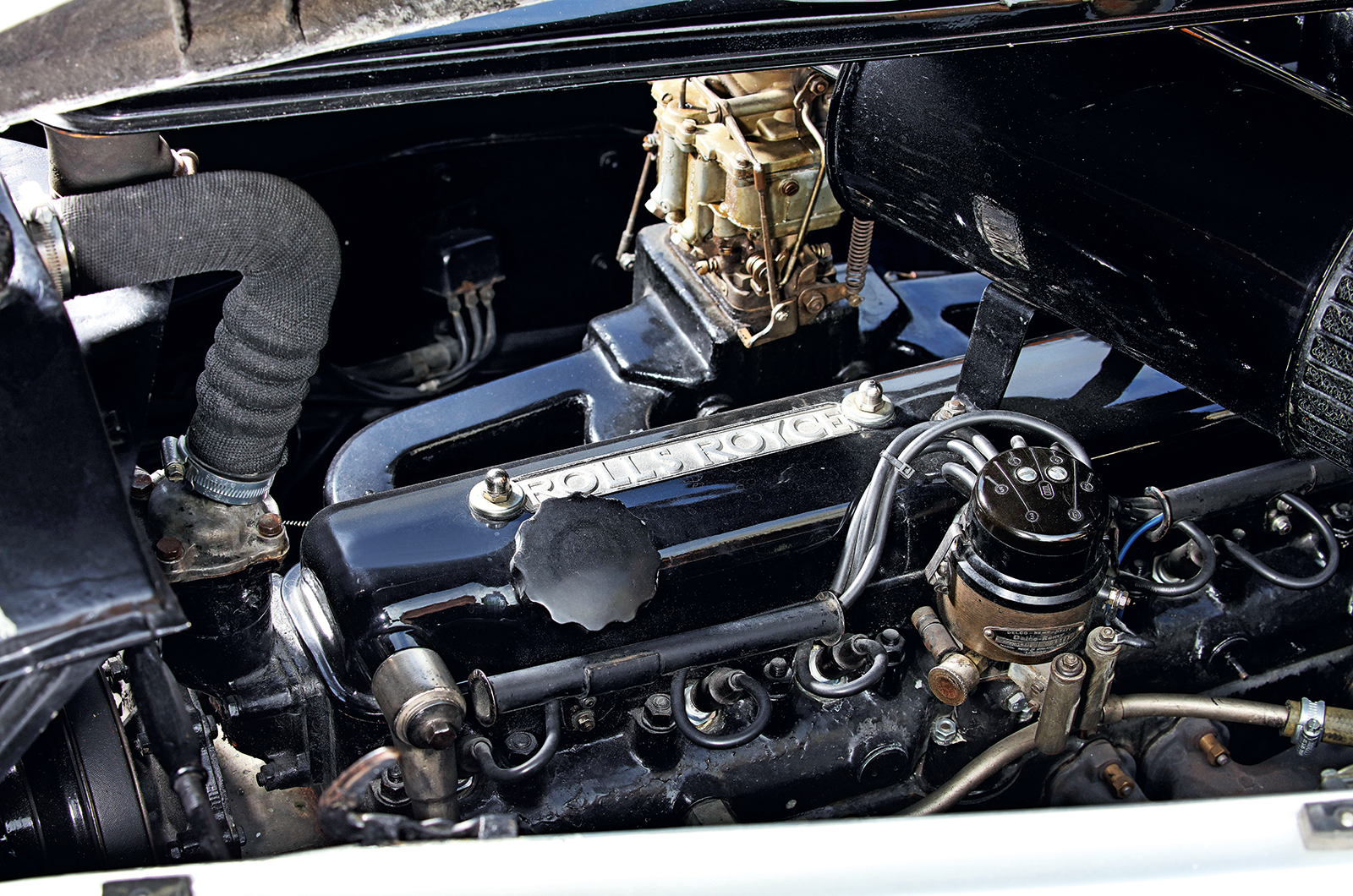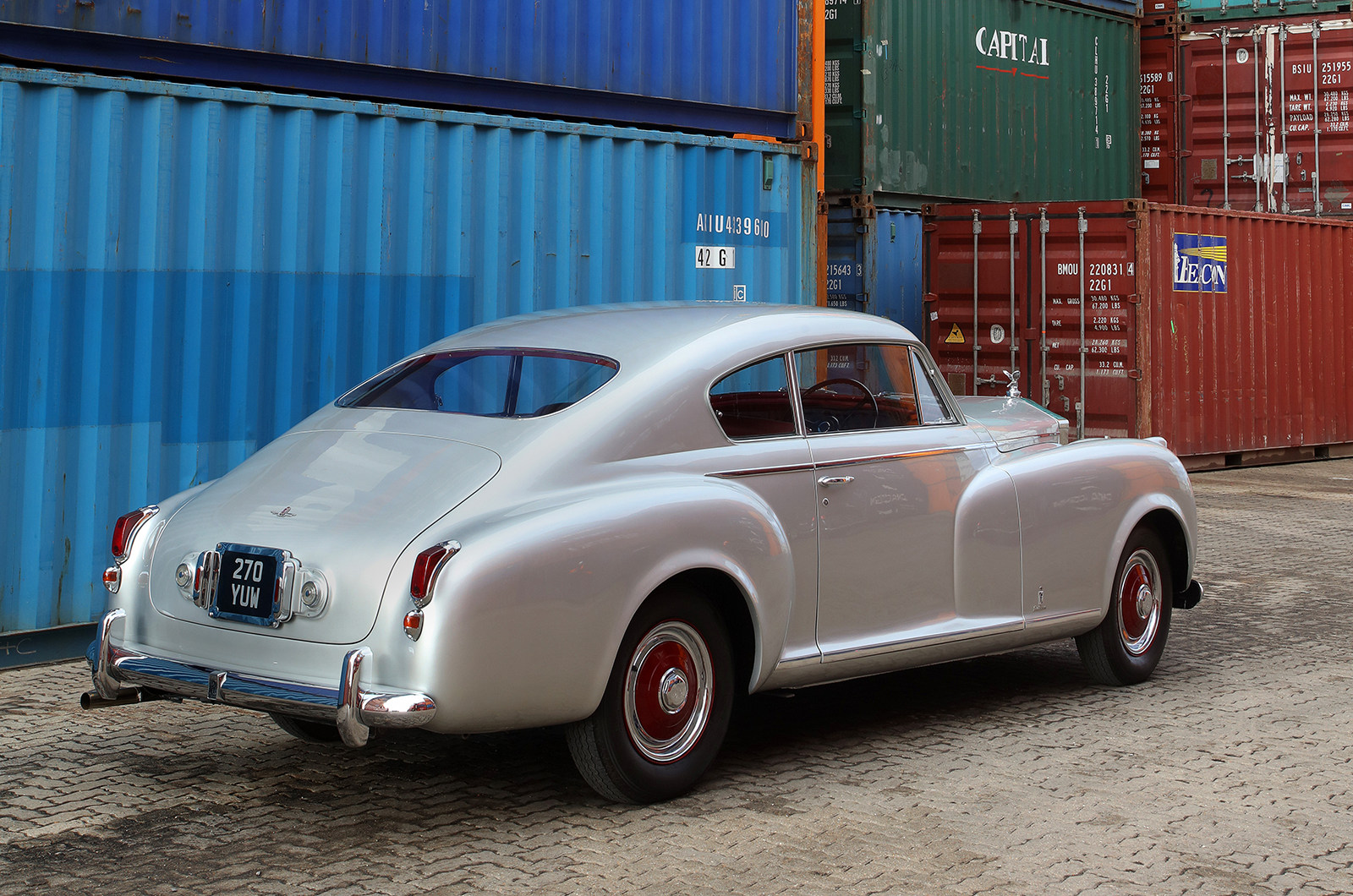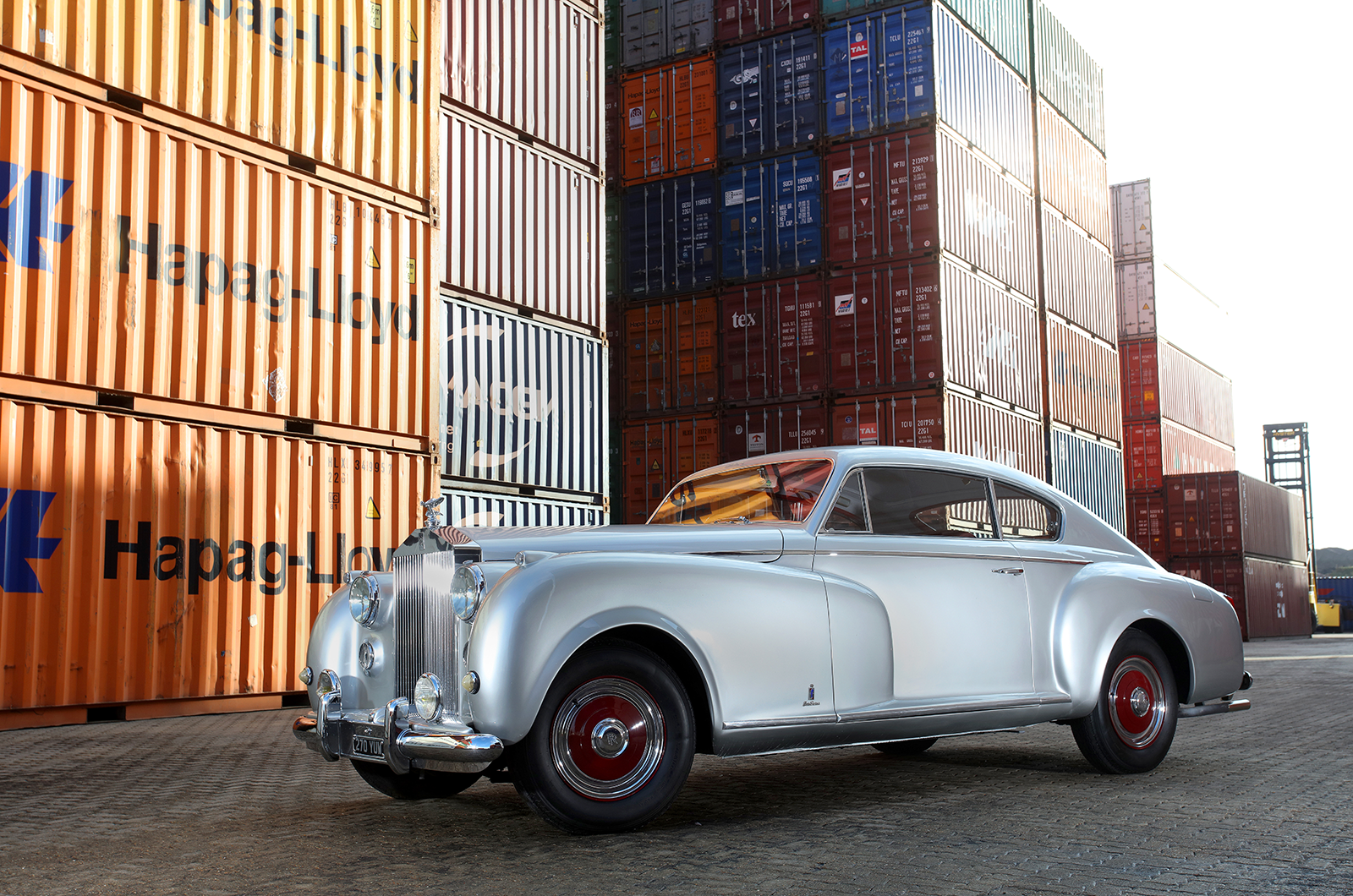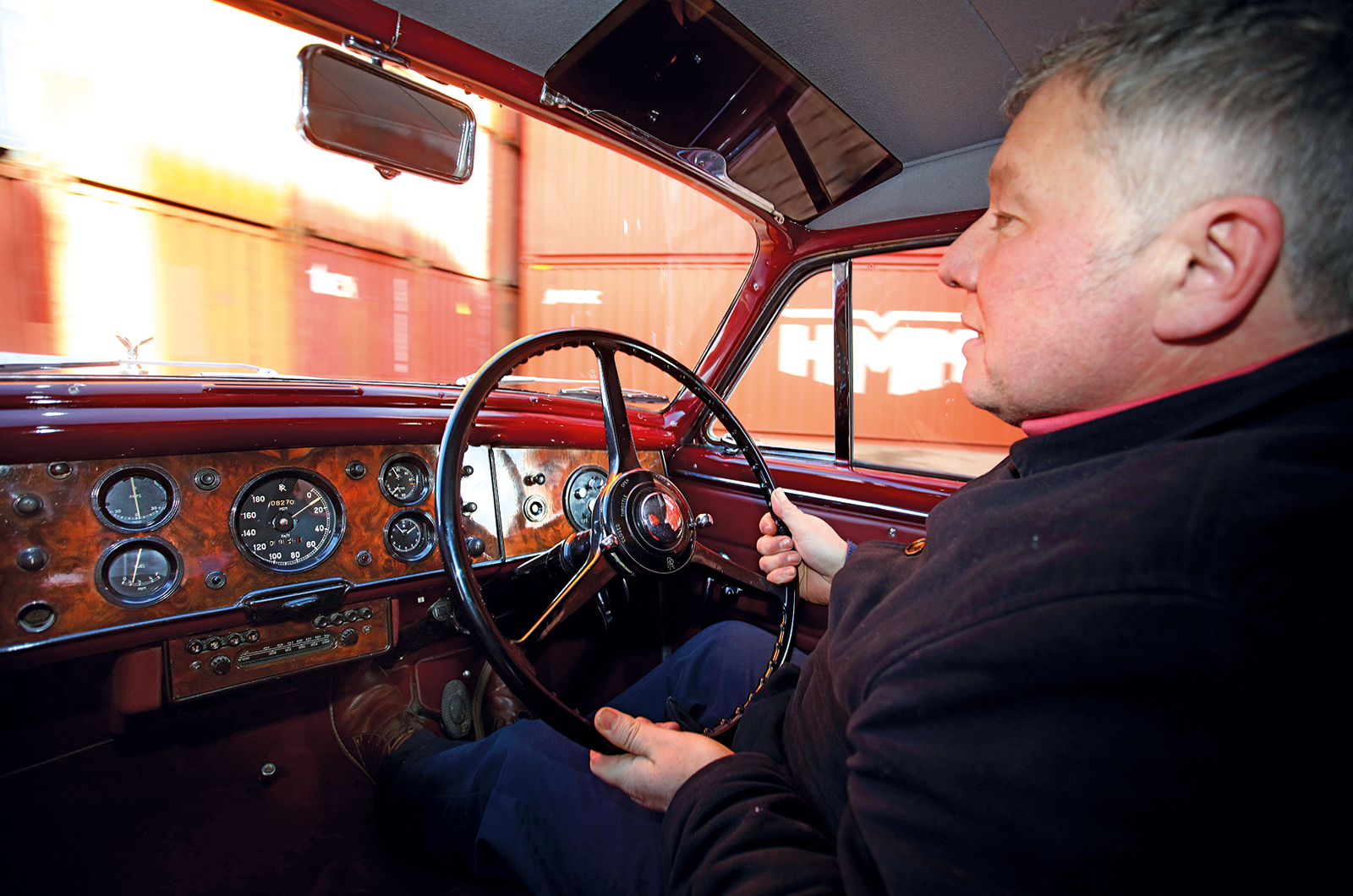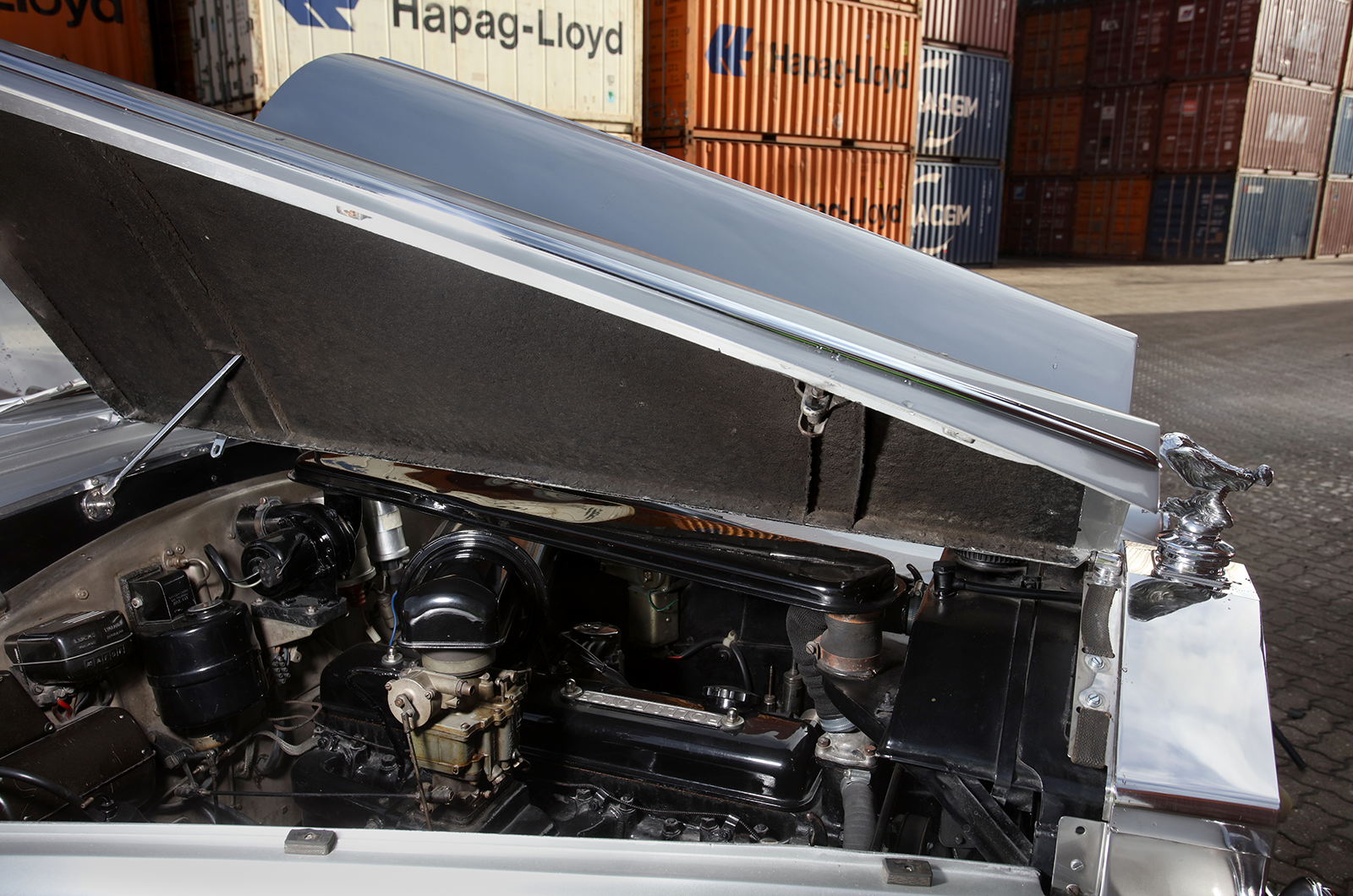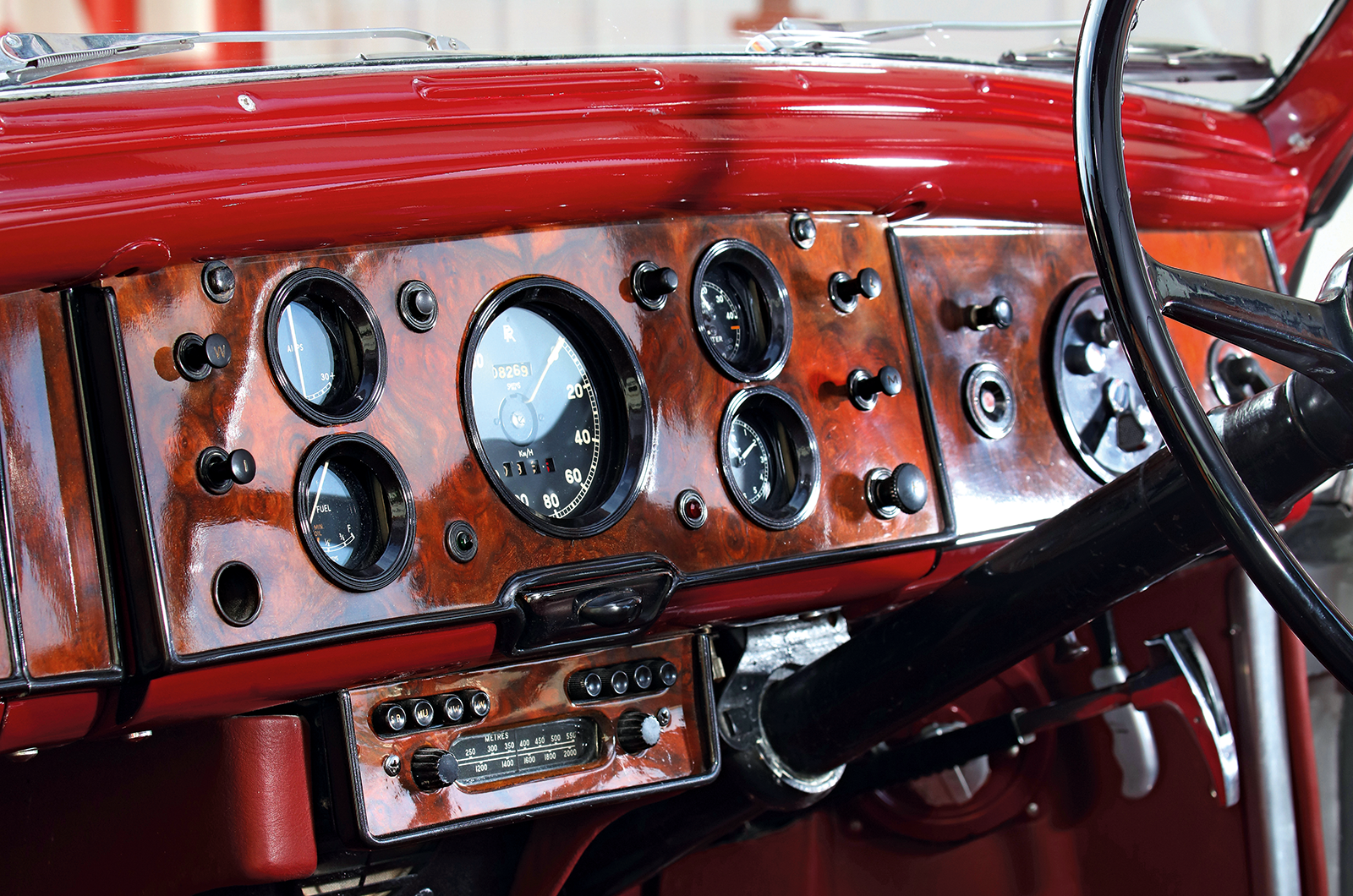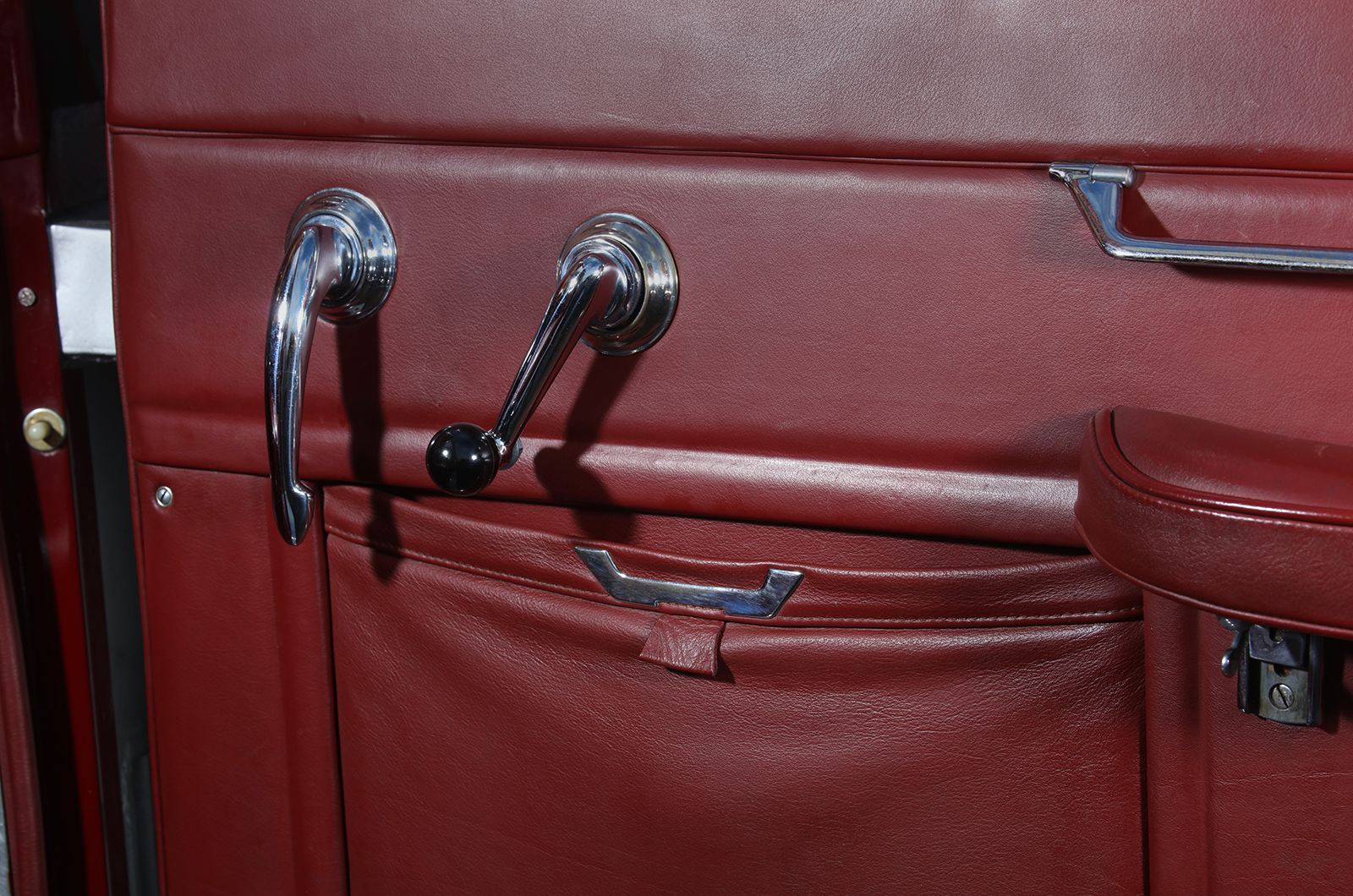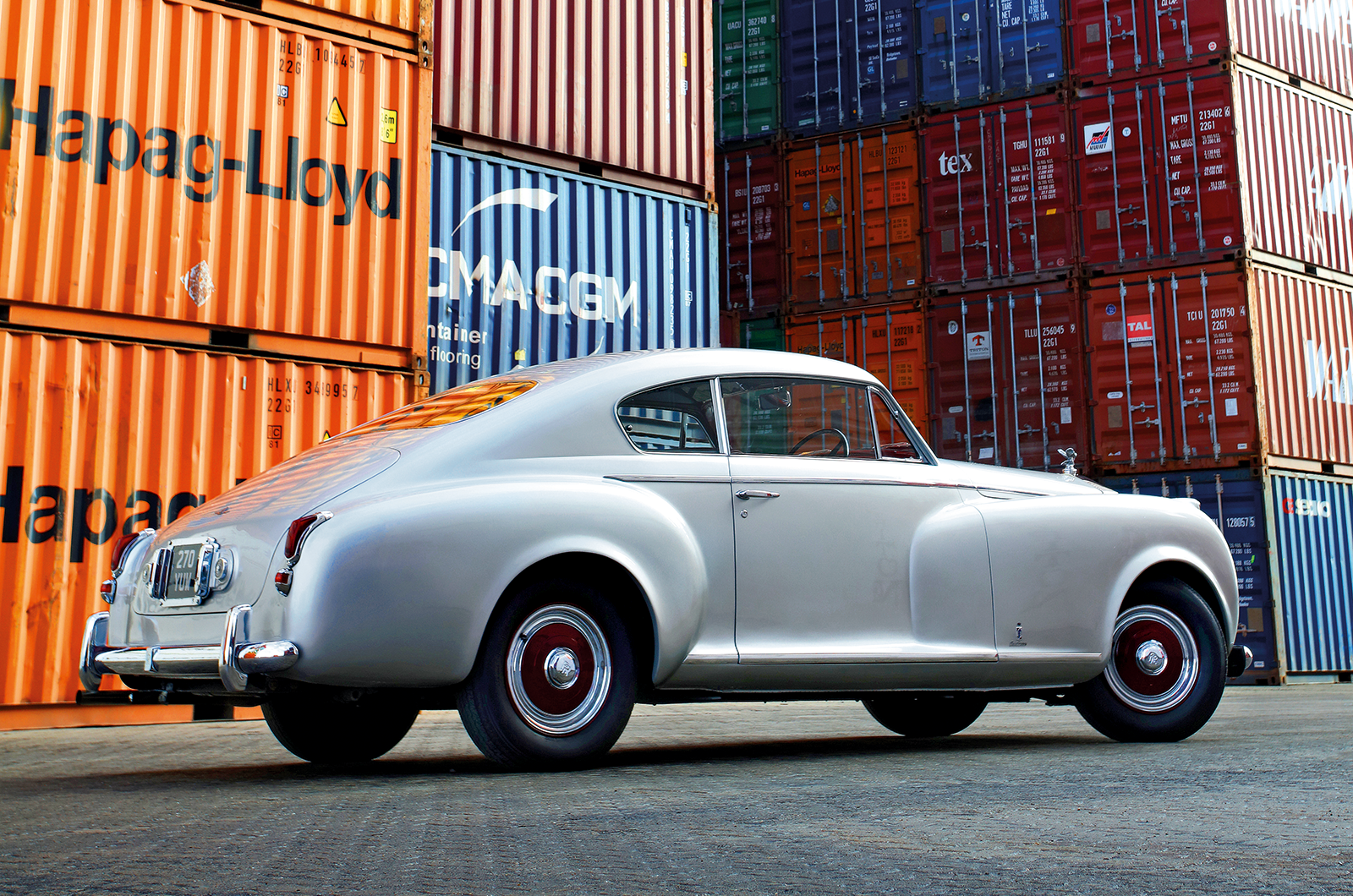This was by no means the first Farina-penned Rolls-Royce. The firm had bodied Phantom IIs for Marquis Demetrio Imperiali in 1935 and in 1937 for Signor Wax of Milan, the latter with a memorably raked grille.
However, the Bressani Silver Dawn seems to be its last rendition before the introduction of the Camargue in 1975.
Its significance lies not in its shape, but in the fact that it began the process of establishing a principle: that the public would accept a Rolls-Royce with an Italian body.
To be asked to re-dress a Rolls-Royce was a flattering but daunting assignment, particularly for a foreign coachbuilder.
After recommissioning in 2014, 270 YUW achieved a first-in-class award at the Warren Concours but was soon sold by Silverstone Auctions for a handsome £425,000.
That it appeared in the Bonhams sale at the Goodwood Revival three years later is an illustration of the eternal dilemma in which one-off oddities such as this can find themselves.
Most of the buyers who appreciate its rarity and historical importance can’t afford it; those who can would probably rather spend their money on something ‘sexier’, such as an S1 Continental. That would only be human nature.
Still, on the basis of the old motor-trade saying ‘there’s an arse for every seat’, I’m confident this car will find a loving home where it is appreciated for what it is rather than what it is not. By the time you read this, it might already have.
Images: James Mann
Thanks to Chris Kishtoo at Vintage & Prestige; Dan Smith at Solent Stevedores
Factfile
Rolls-Royce Silver Dawn Pinin Farina
- Sold/number built 1951/1
- Construction steel chassis, steel body
- Engine iron-block, alloy-head, inlet-over-exhaust 4257cc straight-six, Stromberg carburettor
- Transmission four-speed, three-synchro manual, driving rear wheels
- Max power 122bhp @ 3750rpm (standard car)
- Max torque n/a
- Suspension: front independent, by double wishbones, coil springs rear live axle, semi-elliptic leaf springs; lever-arm dampers f/r
- Steering cam and roller
- Brakes drums all round, with mechanical servo
- 0-60mph 16.2 secs (standard car)
- Top speed 87mph
- Mpg 17
- Price new c£10,000
- Price now £525,000
READ MORE
20 of the best: Pininfarina at 90
Goldmanini: Michelotti’s unique forgotten masterpiece
It’s a Jaguar XK120 – but not as you know it
Grand Palais: the DS coupé Citroën should have made
Martin Buckley
Senior Contributor, Classic & Sports Car
